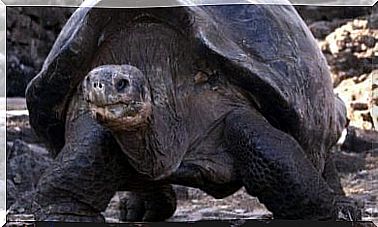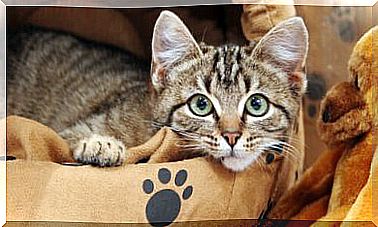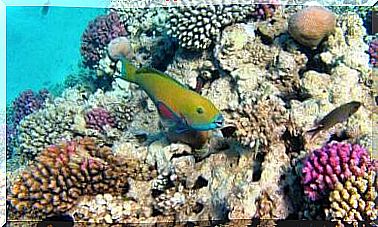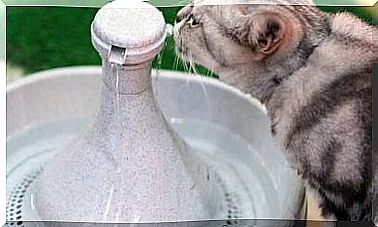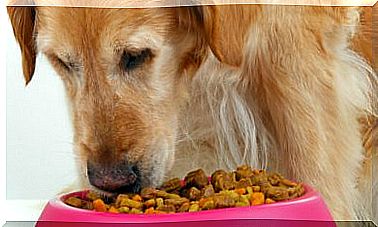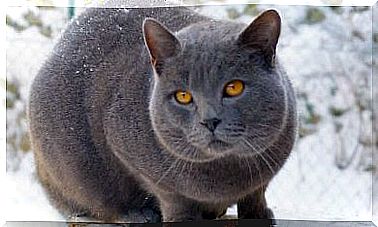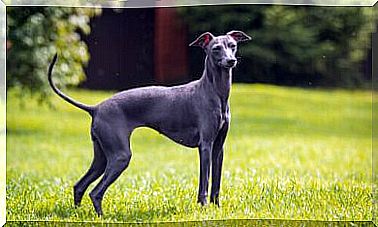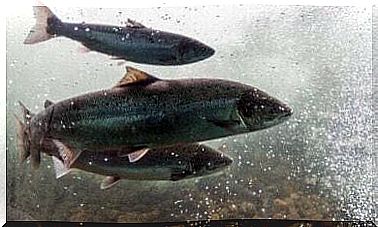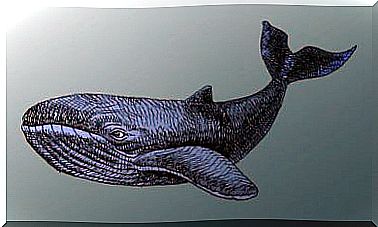Skin Problems In Horses: Tips To Solve Them

Allergies and skin problems are among the most common diseases in horses. These pathologies can seriously compromise the quality of life of the animal and lead to permanent damage to their health. For this reason, it is essential to know how to prevent skin problems in equines in order to offer them the best preventive medicine.
In the following lines we will talk about the main dermatological problems that can affect horses and their symptoms.
The most common skin problems among horses
In general, horse skin diseases are caused by parasites and pathogenic microorganisms. Furthermore, they are associated with environmental imbalances or deficiencies in their preventive medicine.
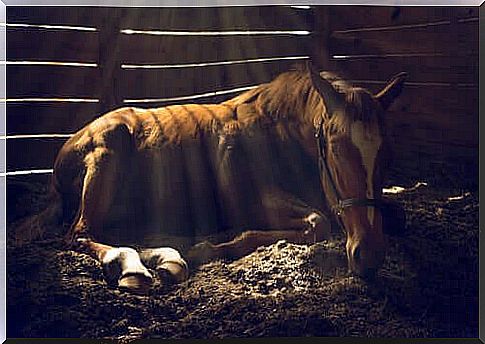
Mange in horses
Mange is a highly contagious skin disease that can affect animals of various species, including humans. This pathology is caused by small arachnids with parasitic habits, popularly known as mites.
There are several known types of mange that can affect horses today. The following three are the most frequently diagnosed:
Types of mange in horses
- Sarcoptic mange: causes hair loss and the presence of small bumps on the skin, which cause intense itching. These symptoms generally originate from the head and neck, and then rapidly expand along the back and rump of the equine. Its pathogen is the Sarcoptes equi mite and, if not treated in time, it can lead to anorexia and anemia.
- Psoroptic mange: mainly affects joints and areas with a longer coat. It is itchy and caused by the Psoroptes equi mite.
- Chorioptic mange: Also known as “foot mange”, because it primarily affects the hindquarters and hooves. Horses generally hit the ground constantly to relieve itching – this is the most characteristic symptom of this type of mange. Its progress is slower and is caused by the Chorioptes equi mite.
Ringworm in horses
Ringworm is an infectious disease of mycotic origin; in other words, it is caused by fungi. It mainly affects the horse’s skin. In general, this disease develops by taking advantage of the animal’s immune deficiency. In this way, it occurs more frequently in older equines or those who do not receive adequate preventive care.
The most characteristic symptom of ringworm in horses is some circular lesions accompanied by alopecia. If it is not treated quickly, yellowish scales or crusts form on the wounds from which a peculiar and rather unpleasant odor generally emanates.
Mites and fungi in horses
The two diseases mentioned are just some of the horse skin problems caused by mites and fungi. Nevertheless, there are many allergies and infectious and inflammatory processes that these agents can cause in equines.
In practice, the proliferation of fungi and mites arises from the poor conditions of the environment in which the horse lives, which allow, for example, the accumulation of dirt and humidity on the skin and between the hair of animals, as well as alterations of the their pH.
On the other hand, insufficient nutrition and inadequate preventive medicine also weaken the equine’s immune system. As a result, your body becomes more vulnerable to all kinds of diseases.
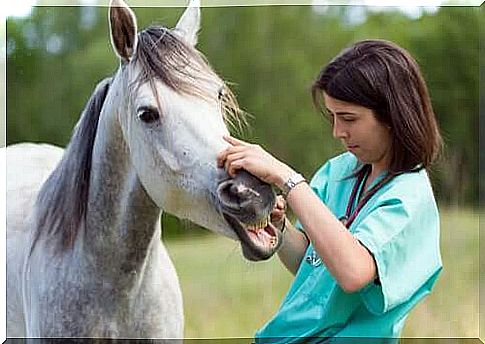
5 tips to prevent horse skin problems
The following tips will help us in the prevention of skin diseases in equines:
- Prepare your horse’s environment. The stables in which your horses live must offer them the best conditions for their development. Good ventilation and adequate brightness are essential to avoid the proliferation of microorganisms and parasites.
- Complete and balanced nutrition. Poor quality hay or hay of unknown origin tends to get wet easily and can contain so-called “hay mites”. Furthermore, good nutrition is essential for strengthening the horse’s immune system.
- Cleaning. The daily cleaning and grooming of the horse is essential to maintain the beauty and health of its skin and coat. This routine also helps identify symptoms of any horse skin problems early on, as well as the presence of parasites.
- Hygiene. The horse’s environments must be sanitized regularly, paying particular attention to avoid the accumulation of food scraps, damp hay and dirt. equally essential is to wash the horses’ watering trough daily and thus avoid stagnation of water in poor conditions.
- Preventive Medicine. Just like dogs and cats, horses also need to follow a schedule of vaccinations and deworming, in order to prevent the onset of serious diseases that can lead to their death or irreparable damage to health. In addition, it is recommended that veterinary visits be carried out at least twice a year.
